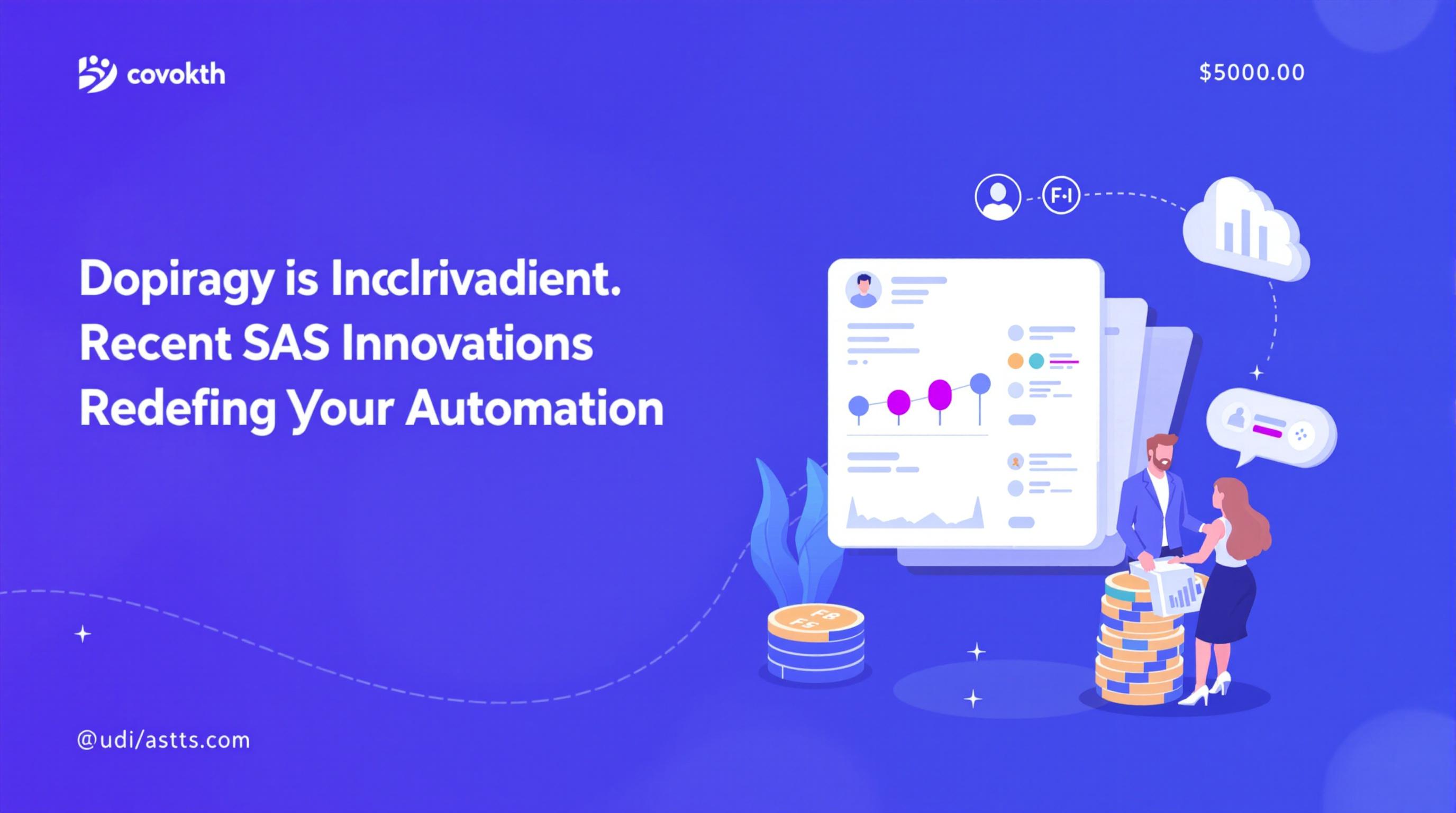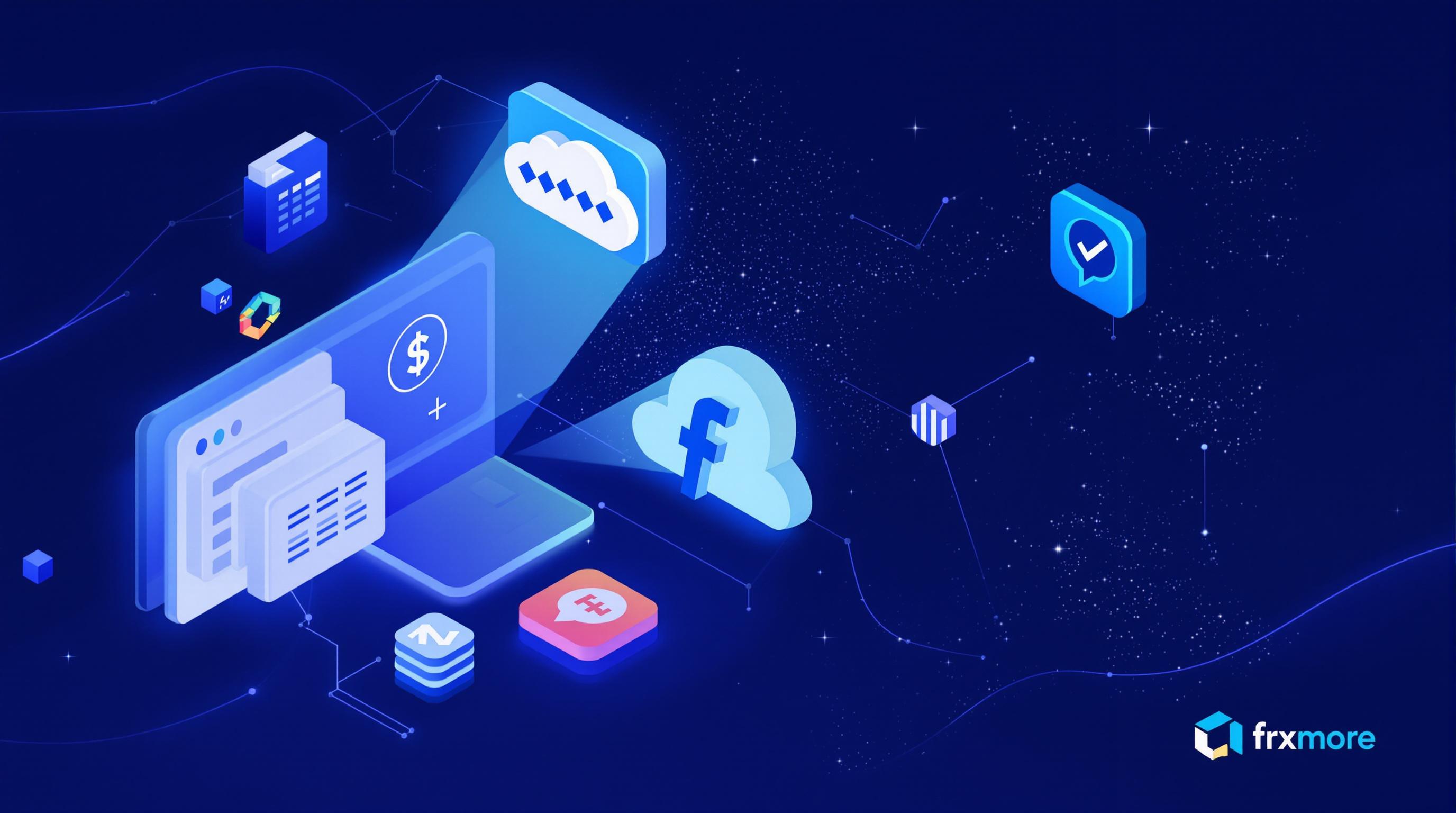Related Articles
- Top 8 Trailblazing Low-Code Platforms from the Past Five Years Revolutionizing App Development Efficiency
- Top 6 SaaS UX Innovations Since 2019 That Outsmart Legacy Giants in User Workflow Mastery
- How Forgotten Protocols in Legacy Systems Challenge Modern Digital Authentication Practices
- Unveiling the Role of Corporate Storytelling in Shaping Employee Adherence to Ethics and Compliance Standards
- 5 Next-Gen Digital Collaboration Apps from 2019-2024 That Transform How Teams Connect and Create
- The Unexpected Environmental Impact of Subscription Models: How Recurring Payments Influence Sustainable Consumer Choices
The Unexpected Environmental Impact of Subscription Models: How Recurring Payments Influence Sustainable Consumer Choices
The Unexpected Environmental Impact of Subscription Models: How Recurring Payments Influence Sustainable Consumer Choices
Subscription models are reshaping how we consume goods and services, but their environmental impact is often overlooked. This article explores how recurring payments influence sustainable consumer choices, revealing both challenges and opportunities.
From Netflix to Meal Kits: The Subscription Takeover
Imagine waking up to a doorbell ring every week, delivering a box filled with fresh produce or the latest tech gadget. Subscription services have exploded in popularity, spanning everything from entertainment to food to fashion. According to McKinsey & Company, the subscription e-commerce market grew by more than 100% annually over the past five years, a trend particularly prominent among younger consumers aged 18-35.
The Environmental Cost Behind Convenience
While these models offer undeniable convenience, they also come with hidden environmental costs. Excess packaging, increased delivery emissions, and product waste due to overconsumption all contribute to a larger carbon footprint. A 2022 study by the University of California highlighted that the average monthly subscription box generates up to 30% more plastic waste than traditional shopping methods.
A Tale of Two Subscriptions: Meals vs. Digital Media
Case in point: meal kit subscriptions like Blue Apron promote fresh, prep-friendly food that can reduce household food waste substantially. Conversely, subscription-based services for digital media—such as streaming platforms—have a much lower environmental impact but come with high data center energy consumption, which has been rising sharply worldwide. Each model contributes differently to environmental footprints.
Behavioral Economics: How Recurring Payments Shape Our Habits
Subscription billing often blunts consumers’ sensitivity to price, making them less likely to cancel services even when they no longer use them. Behavioral economist Dr. Lisa McCall explains, "The frictionless nature of subscriptions induces inertia, which can encourage wasteful consumption patterns."
"Out of Sight, Out of Mind" – The Psychology of Subscriptions
When payments automatically debit from accounts, people tend to forget about the quantity and frequency of their consumed goods and services. This psychological detachment can result in ordering more products than necessary or neglecting to cancel underused services, thus inadvertently increasing environmental impacts through overconsumption.
Subscription Models and Sustainable Choices: A Contradiction?
The paradox lies in how subscription businesses can both harm and help sustainability. On one hand, scheduled deliveries can optimize logistics and reduce carbon footprints by consolidating shipments. On the other, they may encourage perpetual consumption, as consumers receive goods whether they need them or not.
Case Study: Patagonia's Worn Wear Program
The outdoor apparel brand Patagonia has innovated within the subscription framework by promoting repair and reuse. Its Worn Wear program offers customers a subscription-based repair service, extending product life and reducing fashion waste. This initiative nudges consumers towards thinking sustainably in a sector notorious for fast fashion’s environmental toll.
Statistic Spotlight
Did you know? The fashion industry accounts for 10% of global carbon emissions, and almost 73% of produced clothing ends up in landfills each year (Ellen MacArthur Foundation, 2017). Programs like Worn Wear show how subscription models can be repurposed for sustainability.
Humor Break: The Never-Ending Box Phenomenon
Ever received a subscription box and thought, "When will this party stop?" You’re not alone. Many consumers joke about the "subscription apocalypse" where boxes pile up, unopened, becoming environmental guilty pleasures. These anthropomorphic piles of packaging reflect both consumer FOMO and regrettable over-commitment.
How Brands Can Pivot Toward Sustainability
Companies wield significant influence in shaping eco-friendly consumption via subscription models. By incorporating options like customizable delivery frequency, eco-friendly packaging, and subscription pauses, brands can reduce waste and empower consumers to make sustainable choices.
Technology's Role in Greener Subscriptions
Data analytics and AI help subscription services tailor offerings to actual consumer behavior, minimizing surplus products. For example, using predictive algorithms, meal kit providers can adjust shipments to reduce ingredient waste, aligning with both environmental and customer satisfaction goals.
Environmental Impact Remediation: The Role of Offsetting
Some subscription services integrate carbon offset commitments, investing in reforestation or renewable energy projects to counterbalance their ecological footprints. While this doesn’t eliminate emissions, it signals corporate accountability and engages consumers in sustainability efforts.
Conversational Reflection: Thinking Twice Before the Next Click
Let’s be honest—subscriptions are addictive. They make life easy and tempting. But as consumers, we have the power to ask, "Do I really need this every month?" Or, "Can I pause, cancel, or adjust?" Raising awareness about the environmental impact behind our subscriptions is the first step toward smarter, greener consumption.
Conclusion: Turning Subscriptions Into Sustainable Solutions
The subscription economy isn’t inherently unsustainable; it’s the choices within it that matter. By understanding the complex relationship between recurring payments, consumer behavior, and environmental impact, both consumers and businesses can pivot towards more responsible and sustainable models—making convenience compatible with conservation.




